Table of Contents
The UNESCO Sites in Slovakia have resulted from recognizing 8 cultural and natural landmarks as UNESCO World Heritage Sites in Slovakia and 12 locations on the Slovakia UNESCO tentative list. These tourist sites in Slovakia are acknowledged for their unique and valuable cultural, natural, artistic, and historical significance and are preserved for future generations to enjoy.
In addition to these 8 sites in the Slovakia UNESCO list, many other places to travel to Slovakia are being considered for UNESCO recognition. These sites, listed on the tentative list, showcase the country’s rich cultural heritage and are waiting for approval to join the prestigious and famous World Heritage Sites list.
To help visitors discover these remarkable Slovakia tourist attractions, we have assembled an interactive map of the UNESCO sites in Slovakia.
Slovakia UNESCO Map
Click markers to show information and photo.
World Heritage Sites in Slovakia
UNESCO World Heritage Sites in Slovakia
There is 8 UNESCO World Heritage Site in Slovakia. All of these three sites are listed under the Cultural category.
- Bardejov Town Conservation Reserve
- Frontiers of the Roman Empire – The Danube Limes (Western Segment)
- Historic Town of Banská Štiavnica and the Technical Monuments in its Vicinity
- Levoča, Spišský Hrad and the Associated Cultural Monuments
- Vlkolínec
- Wooden Churches of the Slovak part of the Carpathian Mountain Area
- Ancient and Primeval Beech Forests of the Carpathians and Other Regions of Europe
- Caves of Aggtelek Karst and Slovak Karst
UNESCO World Heritage Sites in Slovakia are protected locations for their cultural and natural importance.
Bardejov Town Conservation Reserve
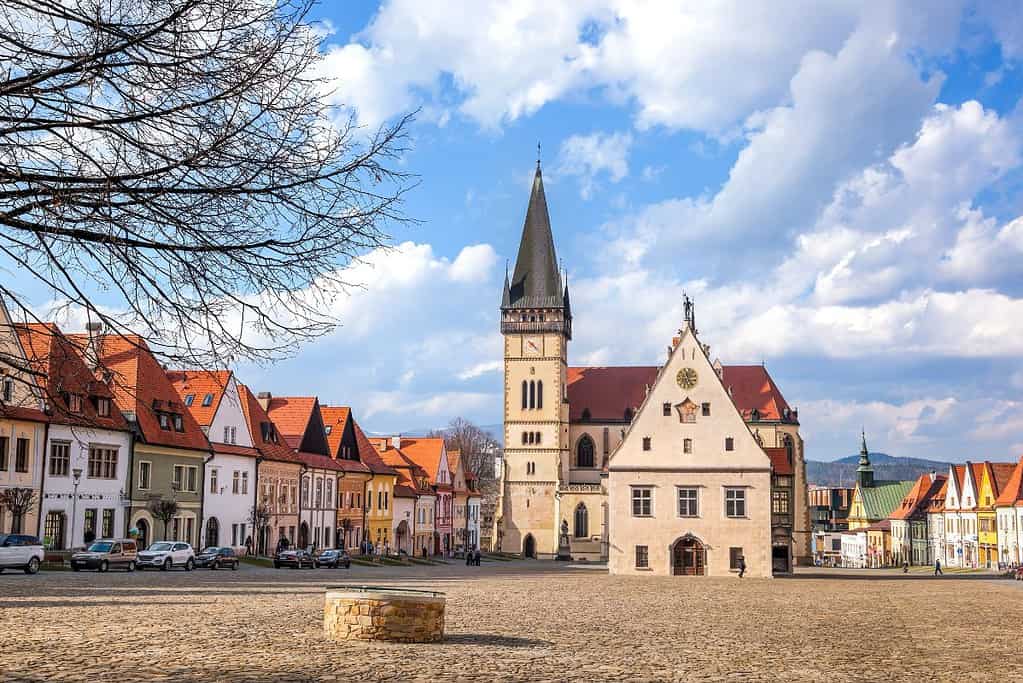
Bardejov Town Conservation Reserve is a UNESCO World Heritage Site located in Slovakia. This historic town showcases the remarkable preservation of its medieval urban layout and its well-preserved Gothic and Renaissance buildings. Bardejov’s main square, lined with charming burgher houses, is a captivating focal point. The town’s defensive walls, fortified gates, and a unique complex of religious buildings, including the Church of St. Giles, further contribute to its architectural significance. Bardejov Town Conservation Reserve stands as a testament to this European gem’s rich cultural heritage and architectural beauty.
Frontiers of the Roman Empire – The Danube Limes (Western Segment)
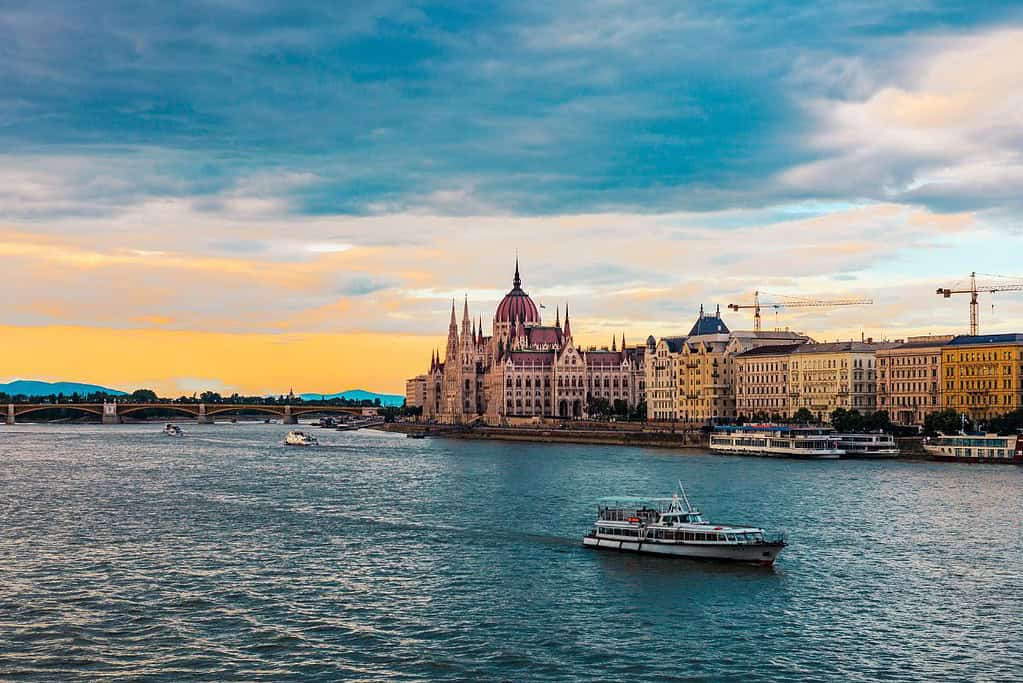
The Frontiers of the Roman Empire – The Danube Limes (Western Segment) is a UNESCO World Heritage Site in Europe. This site comprises a section of the ancient Roman frontier known as the Danube Limes, which extended along the Danube River. The Western Segment showcases the strategic defensive system established by the Romans to protect their territories from potential invaders. It features well-preserved forts, watchtowers, and fortifications that highlight the military and architectural expertise of the Roman Empire. This UNESCO site offers a fascinating glimpse into the history of the Roman Empire and its efforts to safeguard its borders.
Historic Town of Banská Štiavnica and the Technical Monuments in its Vicinity
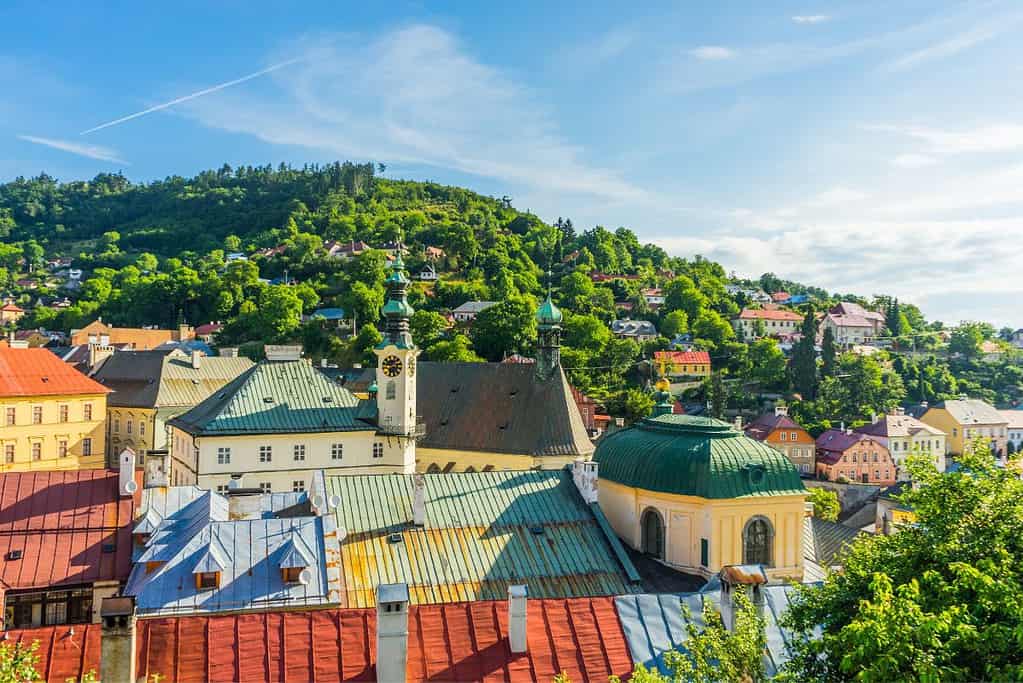
The Historic Town of Banská Štiavnica and the Technical Monuments in its Vicinity is a UNESCO World Heritage Site in Slovakia. This remarkable site showcases the historic town of Banská Štiavnica, known for its rich mining heritage and architectural treasures. The town flourished during the Middle Ages and Renaissance as a major mining center, contributing significantly to the development of mining technologies. The site features well-preserved technical monuments, including mining galleries, water management systems, and old mines. These structures testify to the town’s innovative mining practices and impact on the region’s history. The town’s picturesque beauty and remarkable technological achievements make it a captivating destination for visitors interested in history and engineering.
Levoča, Spišský Hrad and the Associated Cultural Monuments
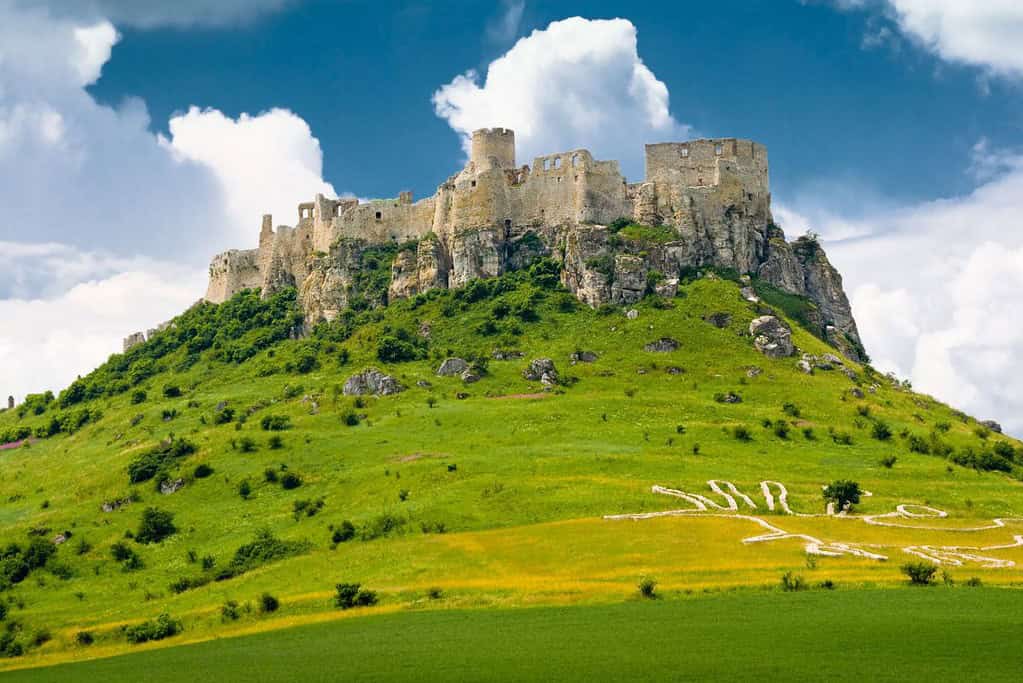
Levoča, Spišský Hrad, and the Associated Cultural Monuments is a UNESCO World Heritage Site in Slovakia. It comprises the historic town of Levoča, the nearby Spiš Castle, and other cultural monuments in the surrounding area. Levoča is known for its well-preserved medieval architecture, including the stunning St. James Church, which features an intricately carved wooden altarpiece considered one of the largest in the world. Spiš Castle, situated on a hilltop, is a remarkable example of a medieval fortress and offers breathtaking panoramic views. Together, these sites provide visitors with a captivating glimpse into the region’s rich history and cultural heritage.
Vlkolínec
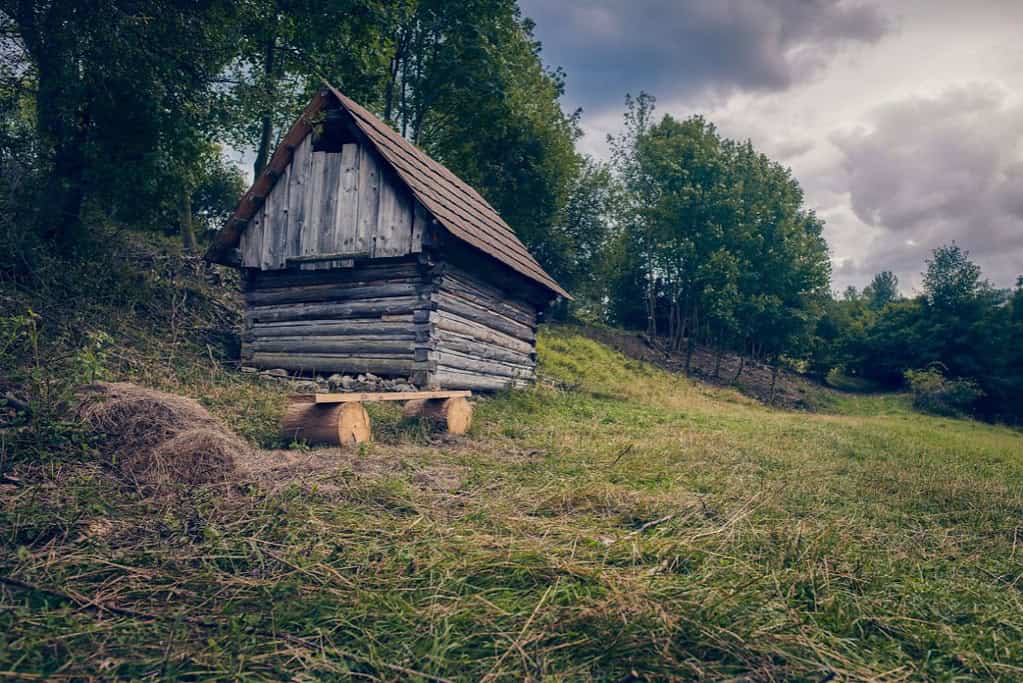
Vlkolínec is a UNESCO World Heritage Site situated in Slovakia. It is a remarkably well-preserved village that offers a glimpse into traditional rural life in the Carpathian Mountains. Nestled amidst picturesque landscapes, Vlkolínec features a collection of wooden houses, barns, and farmyards that date back to the 19th century. The village’s unique architectural style, characterized by log construction and decorative details, showcases the local folk traditions and craftsmanship. Walking through the narrow streets of Vlkolínec feels like stepping back in time, immersing visitors in a captivating atmosphere of rural charm and cultural heritage.
Wooden Churches of the Slovak Part of the Carpathian Mountain Area

The Wooden Churches of the Slovak part of the Carpathian Mountain Area is a UNESCO World Heritage Site in Slovakia. This site comprises several remarkable wooden churches scattered throughout the Carpathian Mountain region. These churches showcase exceptional religious architecture, craftsmanship, and the fusion of Eastern and Western cultural influences. Each church is characterized by its intricate wooden construction, ornate decorations, and traditional craftsmanship. These sacred structures serve as significant cultural and historical landmarks, reflecting the rich religious and architectural heritage of the Carpathian Mountain Area in Slovakia.
Ancient and Primeval Beech Forests of the Carpathians and Other Regions of Europe
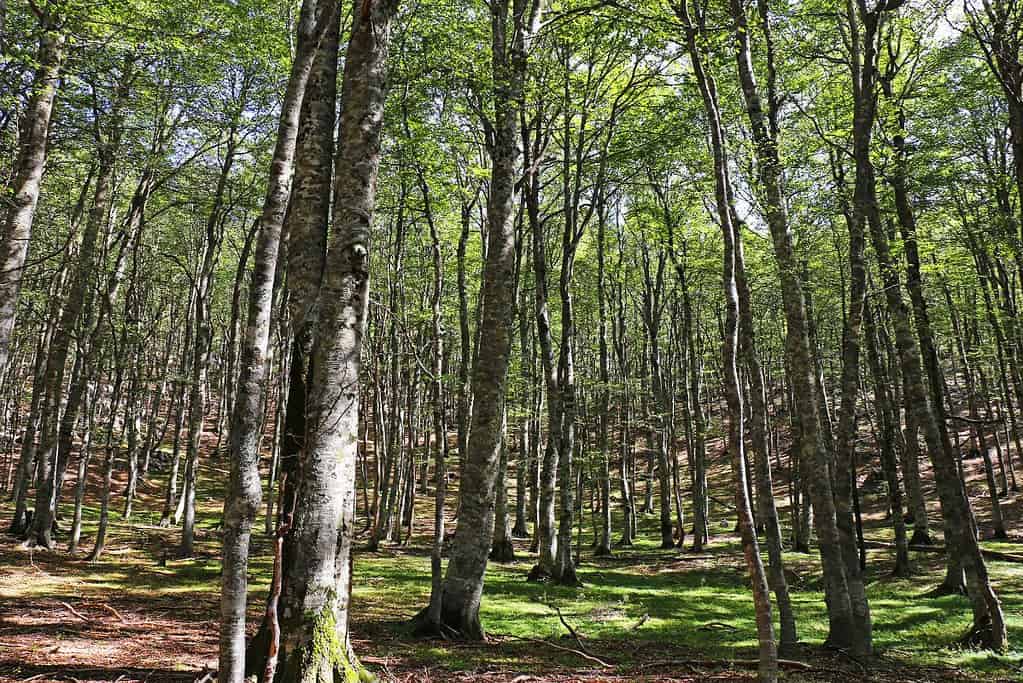
The Ancient and Primeval Beech Forests of the Carpathians and Other Regions of Europe in Slovakia is a UNESCO World Heritage Site. This site is home to exceptional examples of untouched and primeval beech forests that have remained virtually unchanged for thousands of years. These forests represent the unique ecological and evolutionary processes of the beech tree and the diverse range of species that depend on it. The site in Slovakia includes several protected areas, such as the Vihorlat Protected Landscape Area and the Stužica Primeval Forest. It is a vital habitat for numerous rare and endangered species, making it an invaluable natural treasure of European significance.
Caves of Aggtelek Karst and Slovak Karst
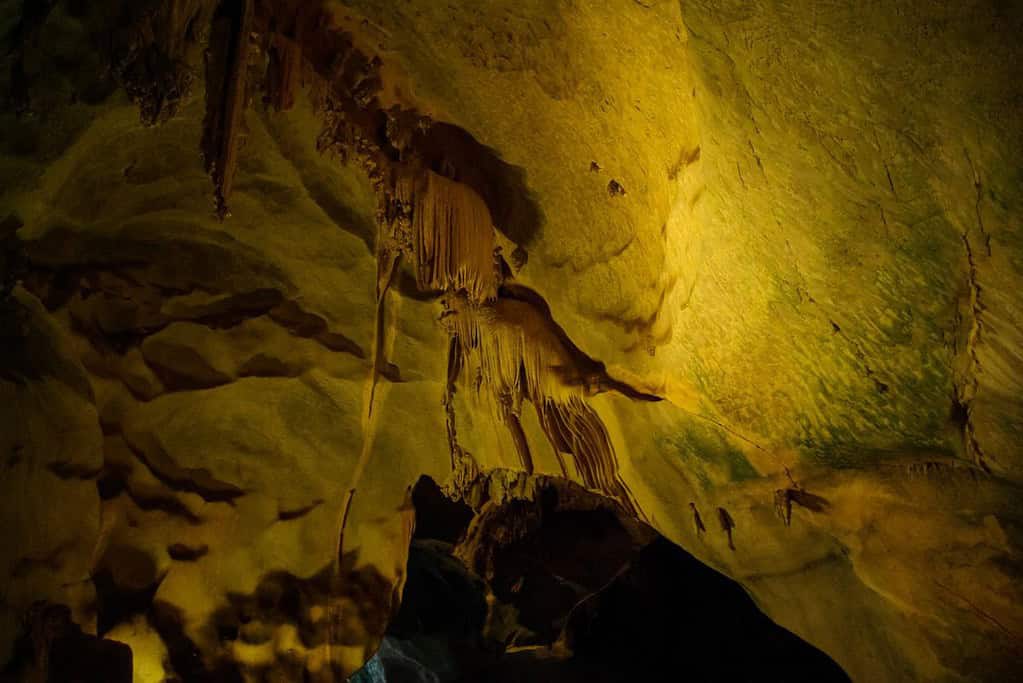
The Caves of Aggtelek Karst and Slovak Karst form a remarkable UNESCO World Heritage Site on the border of Hungary and Slovakia. These interconnected cave systems showcase breathtaking natural beauty and geological wonders. The site encompasses over 700 caves with diverse formations such as stalactites, stalagmites, and underground rivers. The intricate networks within the caves create a captivating underground labyrinth, revealing the fascinating processes of karst formation. Visitors can explore the caves and witness the unique ecosystems that have evolved in this subterranean realm, making it a haven for various rare and endemic species. The Caves of Aggtelek Karst and Slovak Karst is a testament to the mesmerizing power of nature and an exceptional destination for adventurers and nature enthusiasts alike.
Slovakia UNESCO tentative list
- Gemer and Abov churches with the medieval wall paintings
- Tokaj Wine Region
- Original Meadow – Pasture Sites of Slovakia
- The Memorial of Chatam Sófer
- System of Fortifications at the Confluence of the Rivers Danube and Váh in Komárno – Komárom
- The concept of the lenticular historical town core of Košice City
- Natural Reserves of Tatras Mountain
- Karst Valleys of Slovakia
- Natural and Cultural Landscape of the Danube Region
- Fungal Flora of Bukovské Hills
- Geyser in Herlany
- Sites of Great Moravia: Slavonic Fortified Settlement at Mikulčice – Church of St. Margaret at Kopčany
Tours in Slovakia
Our choices of tours in Slovakia are divided into thematic features such as Bratislava, High Tatras, and Banská Štiavnica Experience.
